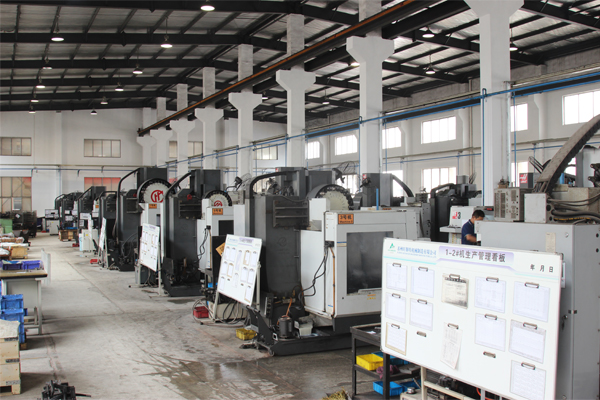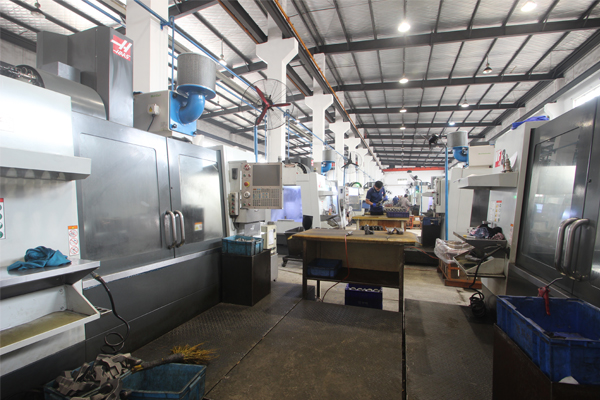1、Phosphating of aluminum materials
The effects of accelerators, fluorides, Mn2+, Ni2+, Zn2+, PO4, and Fe2+ on the phosphating process of aluminium were studied in detail by means of SEM, XRD, potential-time curve and membrane weight change. The results show that guanidine nitrate has the characteristics of good water solubility, low dosage and fast film formation, and is an effective promoter for aluminium phosphating: fluoride can promote film formation, increase film weight and refine grain; Mn2+, Ni2+ can obviously refine grain, make phosphating film uniform and compact, and improve the appearance of phosphating film; when the concentration of Zn2+ is low, it can not form film or film formation difference, and with the increase of Zn2+ concentration, the film weight increases by O4. The content of phosphating film has a great influence on the weight of phosphating film and increases PO4. The weight of phosphating film increases with the content of phosphating film.
2、Alkaline Electropolishing of Aluminum
The alkaline polishing solution system was studied, and the effects of corrosion inhibitors and viscosities on polishing effect were compared. The alkaline solution system with good polishing effect was successfully obtained. Additives which can reduce operating temperature, prolong the service life of solution and improve polishing effect were obtained for the first time. The experimental results show that proper additives can produce good polishing effect in NaOH solution. Exploratory experiments also found that the surface reflectivity of aluminium can reach 90% after DC constant voltage electropolishing with glucose NaOH solution under certain conditions, but there are still unstable factors in the experiment, which need further study. The feasibility of using DC pulse electropolishing to polish aluminium under alkaline conditions was explored. The results show that the leveling effect of DC constant voltage electropolishing can be achieved by using DC pulse electropolishing, but its leveling speed is slow.
3、Environmental friendly chemical polishing of aluminium and its alloys
A new environmental friendly chemical polishing technology based on phosphoric acid monosulfuric acid was developed to achieve zero emission of NOx and overcome the quality defects of similar technologies in the past. The key of the new technology is to replace nitric acid with some special compounds in the base solution. Therefore, it is necessary to analyze the chemical polishing process of aluminium triacid, especially the role of nitric acid. The main function of nitric acid in aluminium chemical polishing is to restrain pitting corrosion and improve polishing brightness. Combining with the chemical polishing test in pure phosphoric acid monosulfuric acid, it is considered that the addition of special substances in phosphoric acid monosulfuric acid should be able to inhibit pitting corrosion and slow down overall corrosion, and at the same time, it must have good leveling and brightening effect.
4、Electrochemical surface strengthening of aluminium and its alloys
The process, properties, morphology, composition and structure of ceramic-like amorphous composite conversion film formed by anodic oxidation deposition of aluminium and its alloys in neutral system were discussed. The results show that in the neutral mixing system of Na_2WO_4, a gray series of inorganic non-metallic films with good uniformity and gloss can be obtained by controlling the concentration of film-forming promoter 2.5-3.0g/l, complexing agent 1.5-3.0g/l, Na_2WO_4 concentration 0.5-0.8g/l, peak current density 6-12A/dm~2 and weak stirring. The thickness of the film is 5-10 um, the microhardness is 300-540 HV, and the corrosion resistance is excellent. The neutral system has good adaptability to aluminium alloys, and can form films on various series of aluminium alloys such as rust-proof aluminium and forged aluminium.






